 Guguan Pass, Shanxi
Guguan Pass, Shanxi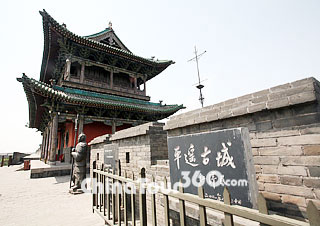 Pingyao Ancient Town
Pingyao Ancient Town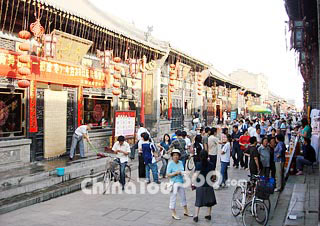 Pingyao Mingqing Street
Pingyao Mingqing Street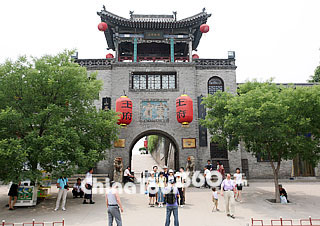 Wang Family Mansion, Pingyao
Wang Family Mansion, Pingyao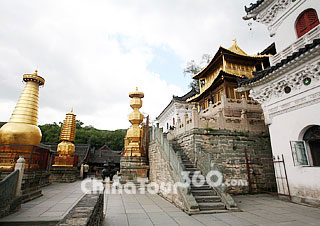 Xinzhou, Xiantong Temple
Xinzhou, Xiantong Temple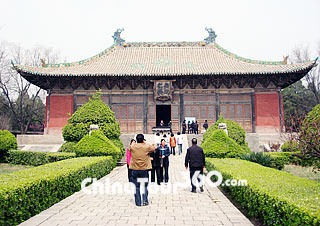 Yongle Palace, Yuncheng
Yongle Palace, Yuncheng
The land of Shanxi is one of the origins of Chinese civilization. Jin for short, it was formally established with its present name and approximate borders by the Ming Dynasty (1368 - 1644). For centuries Shanxi was a center of trade and banking, and the term 'Shanxi merchant' was once synonymous with wealth; the well-preserved city of Pingyao, also shows many signs of its former dominance as a center of trade and banking. In modern times, the mining of coal is important in Shanxi's economy.
Lying in the eastern part of the Loess Plateau, Shanxi is bounded by the provinces of Hebei on the east, Henan on the south, Shaanxi on the west and Inner Mongolia on the north. The province covers an area of 156,300 square kilometers (60,348 square miles) with towering mountains occupy 80 percent of the land, the province lies at an average altitude of about 1,000 meters (3,281 feet) above the sea level .The Yellow River flows through Shanxi from east and creates the world famous Hukou Waterfalls. The name Shanxi means 'west of the mountains', which refers to the Taihang range that forms the eastern border. The mountain barriers provided protection from invasion from the north and east.
![]() Shanxi Great Wall: Yanmenguan Pass, Niangziguan Pass & Pianguan Pass
Shanxi Great Wall: Yanmenguan Pass, Niangziguan Pass & Pianguan Pass
![]() Great Wall Photos: Niangziguan Great Wall Photos & Guguan Great Wall Photos
Great Wall Photos: Niangziguan Great Wall Photos & Guguan Great Wall Photos
Shanxi has a continental monsoon climate and four distinct seasons with an annual mean temperature of 4 to 14 degrees Celsius (39.2 to 57.2 degrees Fahrenheit). Here, spring is windy and the temperature varies greatly between day and night. Summer is hot and rainy. Autumn is short and mild. Winter is long, cold and dry. It is also one of the sunniest areas of China; early summer heat waves are common. The best tour season is from April to October.
Shanxi's stability and prosperity has been well preserved, thus earning the name of 'Museum of Ancient Chinese Culture'. There are abundant historic reserves in Shanxi, including Wutai Mountain, Hengshan Mountain, the Jin Ancestral Hall in Taiyuan, the Yungan Grottos in Datong, the Shuanglin Temple in Pingyao, the Hanging Temple in Hunyuan, the Hukou Waterfall of the Yellow River and so on. Statistics show that Shanxi now preserves a total of 31,401 unmovable cultural relics of different kinds. Therefore, the province has broad prospects for developing tourism based on its rich cultural relics to make it a pillar sector of the economy.
In the past, Shanxi people were once called the Chinese Jews, indicating that they were people of wisdom. The long history of Shanxi has provided the province with a rich and colorful cultural heritage.
![]() Photos: Pingyao Photos, Taiyuan Photos, Yuncheng Photos & Mount Wutai Photos
Photos: Pingyao Photos, Taiyuan Photos, Yuncheng Photos & Mount Wutai Photos







